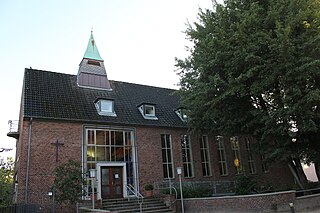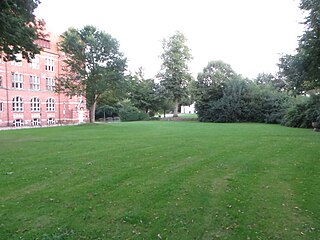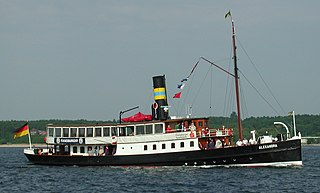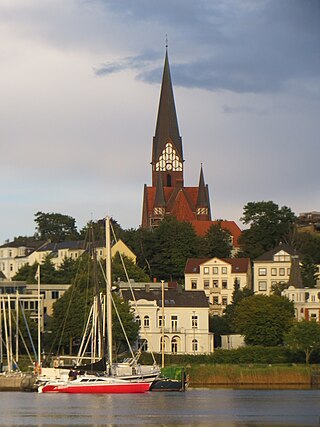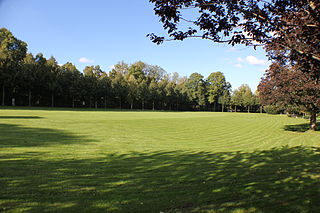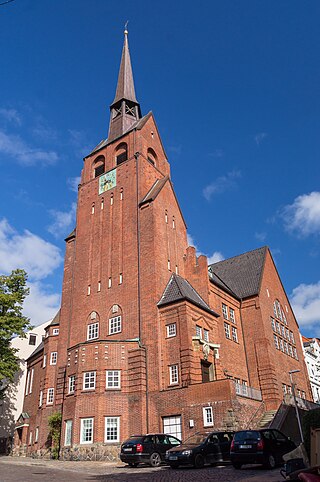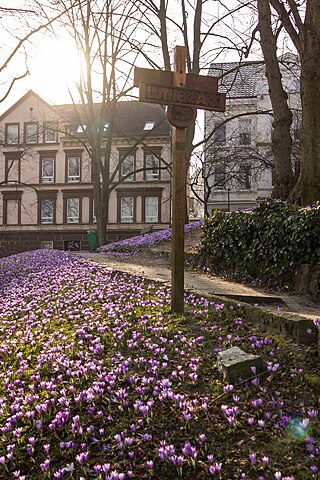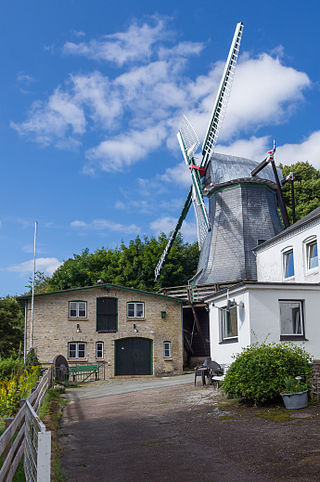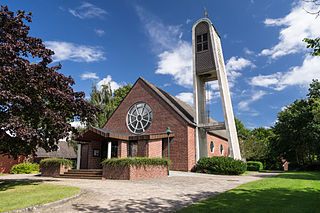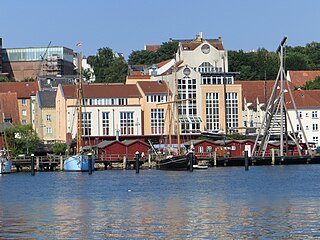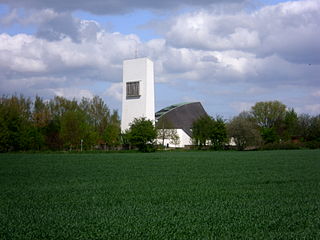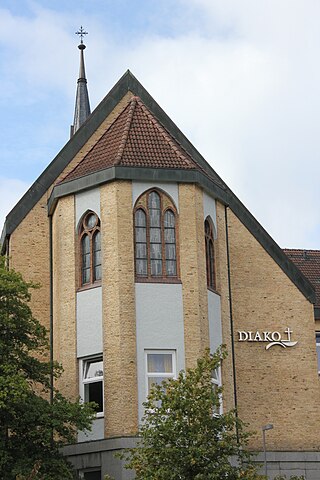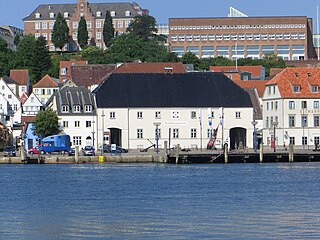24 Sights in Flensburg, Germany (with Map and Images)
Legend
Welcome to your journey through the most beautiful sights in Flensburg, Germany! Whether you want to discover the city's historical treasures or experience its modern highlights, you'll find everything your heart desires here. Be inspired by our selection and plan your unforgettable adventure in Flensburg. Dive into the diversity of this fascinating city and discover everything it has to offer.
Sightseeing Tours in Flensburg1. Eddeboe
Eddeboe is the name of a defunct castle complex that was located in the western Marienhölzung near Flensburg, on the Junkerplatz, as well as a presumed second one, which may have been located not far away on the so-called Brandplatz, whereby this second castle complex is probably the older. For example, due to the same naming, it is not always immediately clear which Eddeboe is meant.
2. Phänomenta
The Phänomenta in Flensburg is a science center that belongs to the Europa-Universität Flensburg as an institute. It is the first institution of its kind to be given the name Phänomenta. Similar foundations in other cities took the name from the Flensburg Adventure Museum.
3. Museumsberg Flensburg
With an exhibition area of 3000 m², the Museumsberg Flensburg is one of the largest museums in Schleswig-Holstein. It offers a comprehensive insight into the history of art and culture in the Schleswig region from the 13th to the 20th century as well as into contemporary art. On a hill above the Stadttheater, the two museum buildings Heinrich-Sauermann-Haus and Hans-Christiansen-Haus form a unit with the Old Cemetery and Christiansenpark in Flensburg.
4. Sankt Marien
St. Mary's Church or St. Mary's Church is one of the main churches in the city of Flensburg. The congregation belongs to the Evangelical Lutheran Church District of Schleswig-Flensburg in the Nordkirche. From the Nordermarkt you can reach St. Mary's Church via the Schrangen, a historic connecting building from 1595.
5. Idstedt-Löwe
The Isted Lion is a Danish war monument originally intended as a monument of the Danish victory over German-minded Schleswig-Holstein insurgents in the Battle of Isted (Idstedt) on 25 July 1850, during the First Schleswig War which was a civil war within the Danish Realm, although with troops from Prussia supporting the Schleswig-Holstein insurgents. At its time it was the largest battle in Scandinavian history.
6. Christuskirche
The Christuskirche is an Evangelical Lutheran church in the Mürwik district of the city of Flensburg in Schleswig-Holstein, Germany. The listed, modern church building, in the vicinity of which the parish hall and pastorate can also be found, is located at Fördestraße 4 to 8. The centre of Mürwik, the Twedter Plack, is not far from the church.
7. Wehrgeschichtliches Ausbildungszentrum (WGAZ)
The commander's villa in Flensburg-Mürwik was built between 1907 and 1910 as part of the Mürwik Naval School. Today it houses the Military History Training Centre (WGAZ). The villa is one of the cultural monuments of the district.
8. Sankt Gertrud
The Church of St. Gertrud is an Evangelical Lutheran church in the Westliche Höhe district of the city of Flensburg in Schleswig-Holstein, Germany. The St. Gertrud Church is one of the city's cultural monuments.
9. Naturwissenschaftliches Museum Flensburg
The Natural Science Museum Flensburg is a natural history museum on the Museumsberg Flensburg on the ground floor of the Heinrich-Sauermann-Haus. The museum is a cultural institute of the city of Flensburg and, like the Museumsberg and the Maritime Museum, is one of the municipal museums. The Ice Age House is part of the Natural Science Museum as a geological and paleontological display magazine. One of the main tasks is to impart knowledge about the landscape formation and settlement of the region of northern Schleswig-Holstein – southern Denmark as well as about the fauna and flora in this region, depending on the natural and anthropogenic factors. Particularly noteworthy are its historically valuable collections.
Wikipedia: Naturwissenschaftliches Museum Flensburg (DE), Website
10. Museumsberg
The Park Museumsberg is a park in the city of Flensburg, in the district of Friesischer Berg. It lies east of the Old Cemetery, the city park and the Museum Hill, of which it is part of the complex today. Today, the Museumsberg park area is one of the city's green monuments. Some park sculptures are among the cultural monuments of the district. Furthermore, a preservation statute applies to the park.
11. Heiliggeistkirche
The Church of the Holy Spirit (German) or Helligåndskirken (Danish) is the main church of the Evangelical Lutheran Church of Denmark in Flensburg, Germany. The church is located directly in Flensburg's old town on Große Straße in Marienkirchspiel.
12. Alexandra
The Alexandra is a steamer launched in 1908, which is considered a maritime landmark of the city of Flensburg and has been registered as a sailing historic ship in the monument book of the state of Schleswig-Holstein since 1990. It is a saloon steamer and the last surviving fjord steamer. Today, the Alexandra is located near the Flensburg Museum Harbour and is part of Flensburg's Historic Harbour.
13. Sankt Jürgen
St. Jürgen's Church is an Evangelical Lutheran church in the Jürgensby district of the city of Flensburg in Schleswig-Holstein, Germany. The church, in the vicinity of which the parish hall and pastorate can also be found, is located at Jürgensgaarder Straße 1.
14. Sankt Marien
The Church of St. Mary of the Sorrowful Mother in Flensburg was built between 1898 and 1900 in the neo-Gothic style according to plans by the architect Heinrich Flügel. The Roman Catholic parish church is one of the cultural monuments of Flensburg's city centre.
15. Carlisle Park
Der Carlisle-Park ist ein Park in der Stadt Flensburg, der nach deren Partnerstadt Carlisle benannt wurde. Er liegt nahe dem Flensburger Bahnhof. Er besteht aus einer nicht ganz geschlossenen Allee, die um eine große Rasenfläche herumführt. Dank seiner zentralen Lage dürfte er der bekannteste Park der Stadt sein.
16. Sankt Petri
St. Peter's Church in the Flensburg district of Nordstadt is a church building of the Evangelical Lutheran Church of Northern Germany (Nordkirche). It was built between 1908 and 1909 and named after Simon Petrus. The St. Peter's Church, which can be seen from afar, is considered a landmark of the new and northern towns. It is one of the cultural monuments of the district.
17. Lutherpark
Lutherpark is a park named after the reformer Martin Luther, which is located in the district of Friesischer Berg near Flensburg's city center. On the edge of the park on the Südergraben is the Luther House, a cultural monument in Flensburg's old town. The park itself is nestled between Südergraben and Friesische Straße; opposite is the Villa Besenbruch, the city's registry office, and not far from there the Flensburg town hall. The slope of the park faces south.
18. Bergmühle
The listed mountain mill, a Dutch mill from 1792, is located in Flensburg's Nordstadt and is one of the last two windmills in the city, along with the Johannismühle on the Sandberg. Once upon a time, numerous mills, there were a total of 24 watermills and 30 windmills, shaped the image of the trading town on the Flensburg Fjord.
19. Sankt Ansgar
St. Ansgar's Church is a Roman Catholic church in the Flensburg district of Mürwik. The modern church building from 1957, which was dedicated to the "Apostle of the North" Ansgar, is now a cultural monument.
20. Museumswerft
The Flensburg Museum Shipyard was founded in 1996 at the port of Flensburg. Between 1996 and 2001, she moved several times. But since 2001, it has been back at its place of foundation. It exists as a non-profit limited liability company and is also supported by a support association.
21. Christiansenpark
Christiansenpark is a park in the city of Flensburg in the district of Westliche Höhe. It is located near the Old Cemetery, the city park and the Museum Hill, of which it is now a complex. Christiansenpark is the second largest park in the city, after the Volkspark near Mürwik.
22. Friedenskirche
The Church of Peace in the Flensburg district of Weiche belongs to the Evangelical Lutheran Church of Northern Germany. It was built in 1966/67 at Ochsenweg No. 4 and is now one of the cultural monuments of the district.
23. Diako-Kirche
The DIAKO-Kirche is the name given to the church of the Anstaltsgemeinde der Diakonie in Flensburg. It is located in the southeast of the area of the Deaconess Hospital Flensburg on Marienhölzungsweg and Knuthstraße in the Westliche Höhe district. It was built in 1883 according to plans by Alexander Wilhelm Prale. The congregation belongs to the Evangelical Lutheran Church in Northern Germany. The church wing in question is one of the city's cultural monuments.
24. Flensburger Schifffahrtsmuseum
The Flensburg Maritime Museum is a branch of the Municipal Museum founded in 1979, which was inaugurated in 1984 in the former customs packing house at the Schiffbrücke as a highlight of the city's 700th anniversary celebrations; it offers an overview of Flensburg's seafaring tradition on the history of the city.
Share
Disclaimer Please be aware of your surroundings and do not enter private property. We are not liable for any damages that occur during the tours.
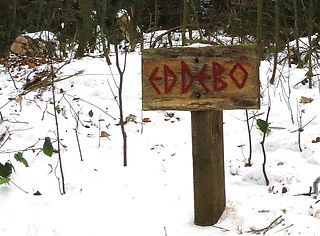
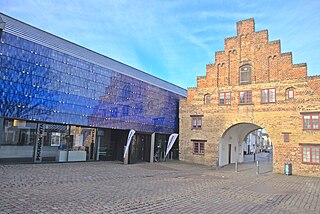
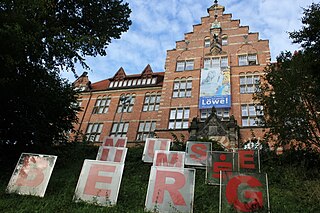
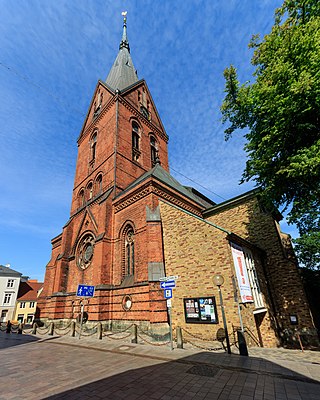
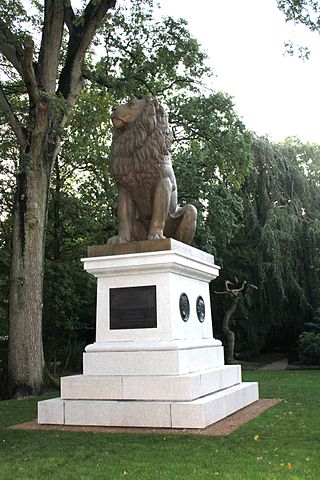
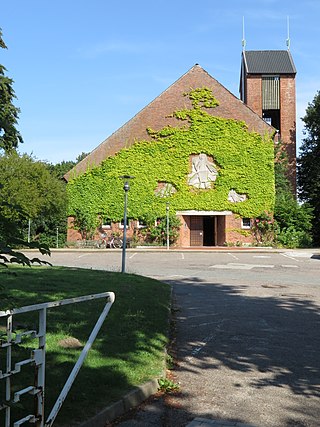
.jpg)
